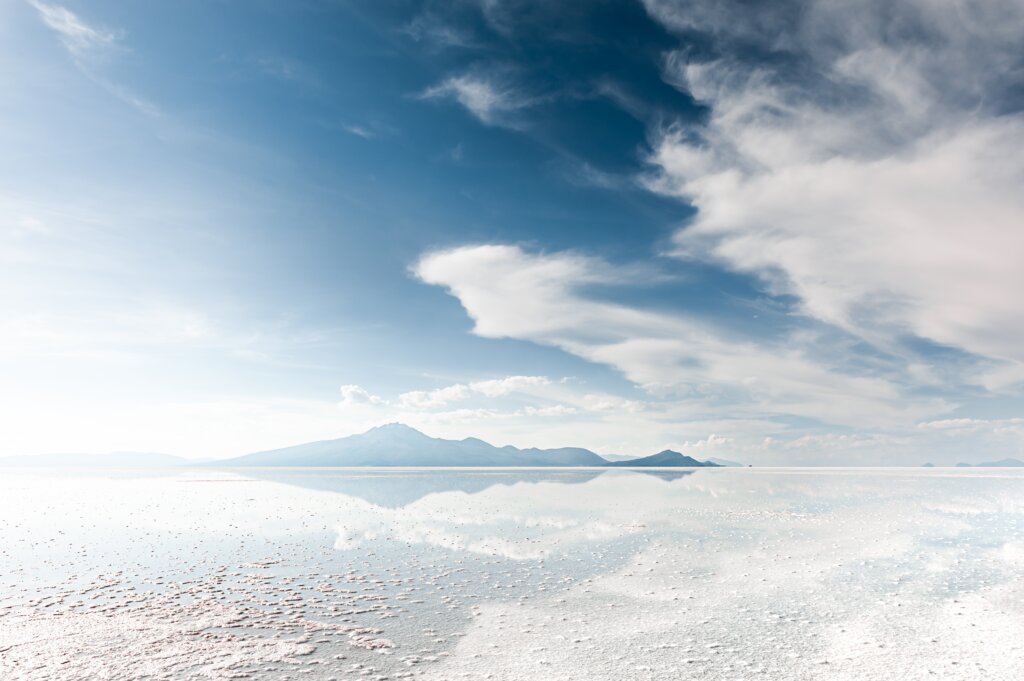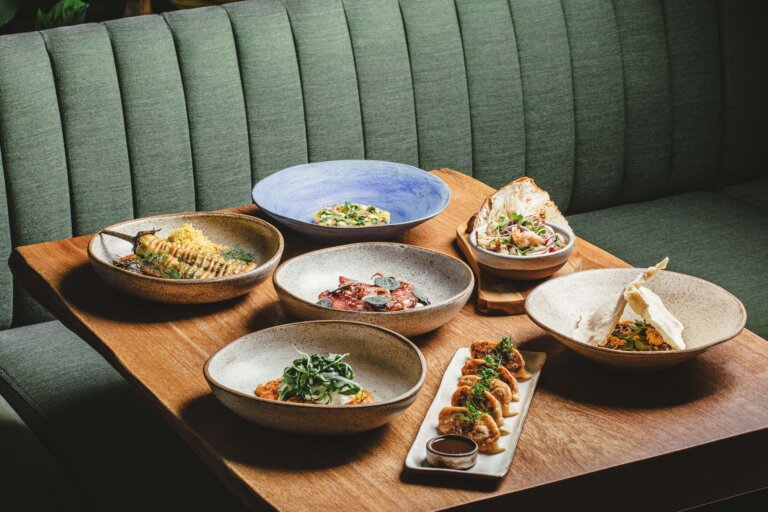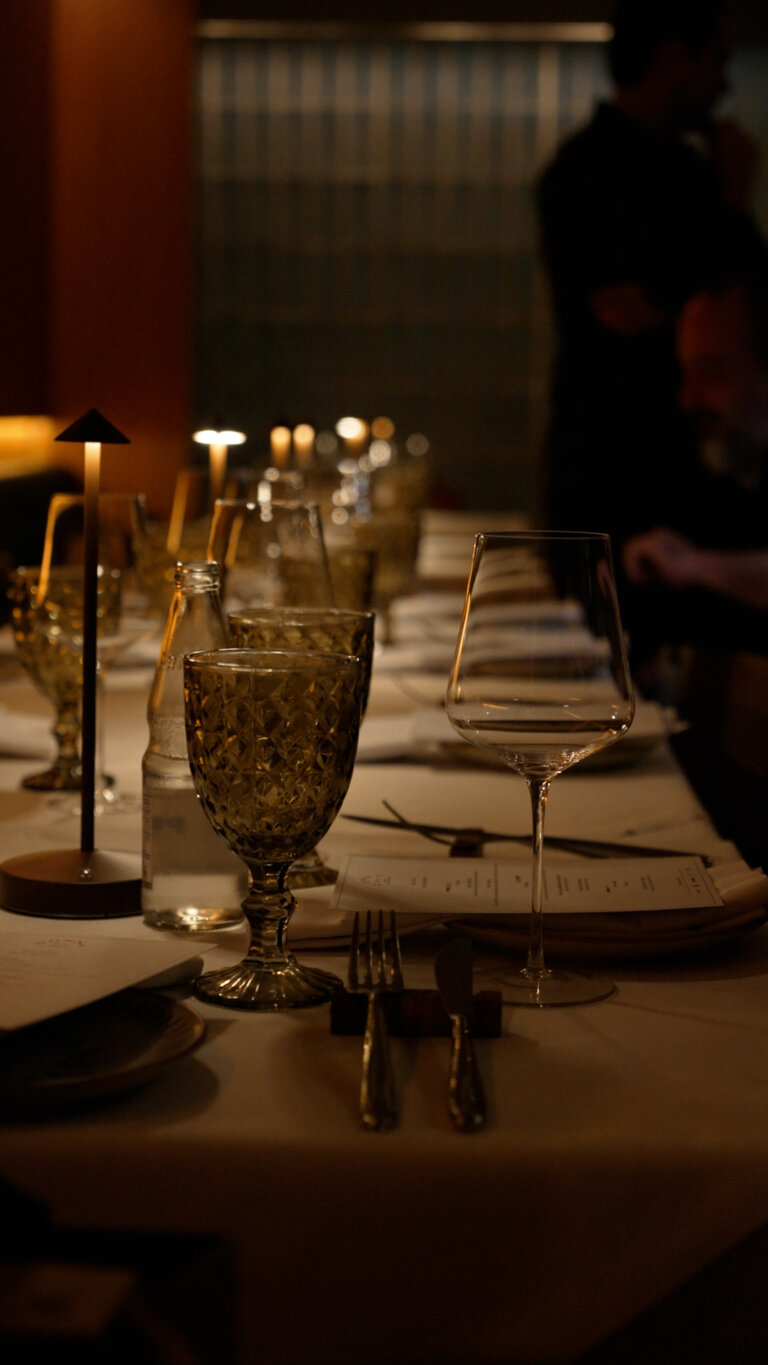Laura Kassab
Salar de Uyuni, o maior deserto de sal do mundo. Um lugar onde o céu e a terra se apresentam juntos, em um espetáculo natural. Uma viagem cenográfica de exploração geográfica, mas também do nosso eu interior. Além do mosaico de cordilheiras, a Bolívia é conhecida por muitos tesouros, dos vales às florestas, plantações e minerais. Riqueza valorizada e preservada desde a civilização Tiahuanaco, a primeira da América do Sul.
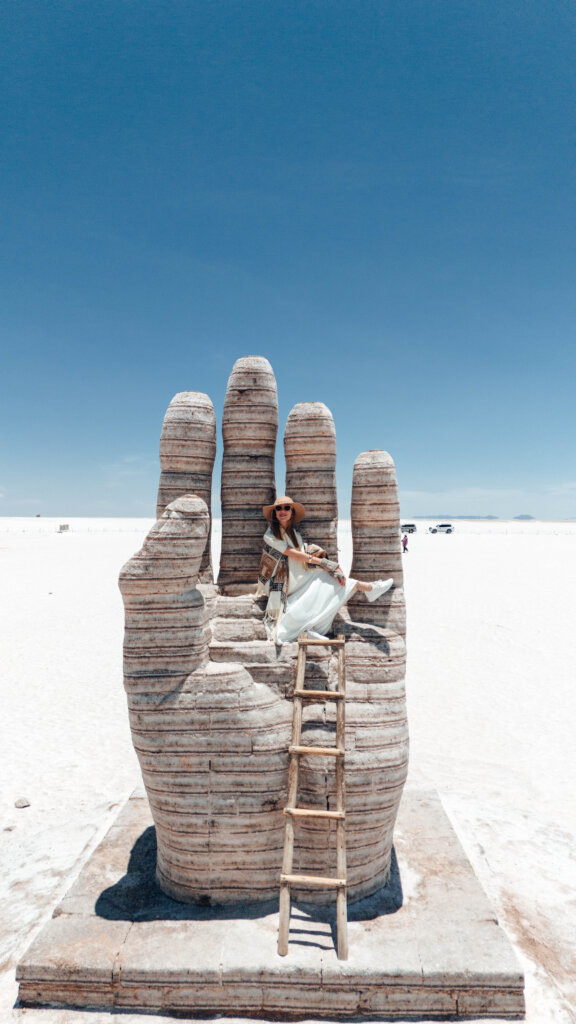
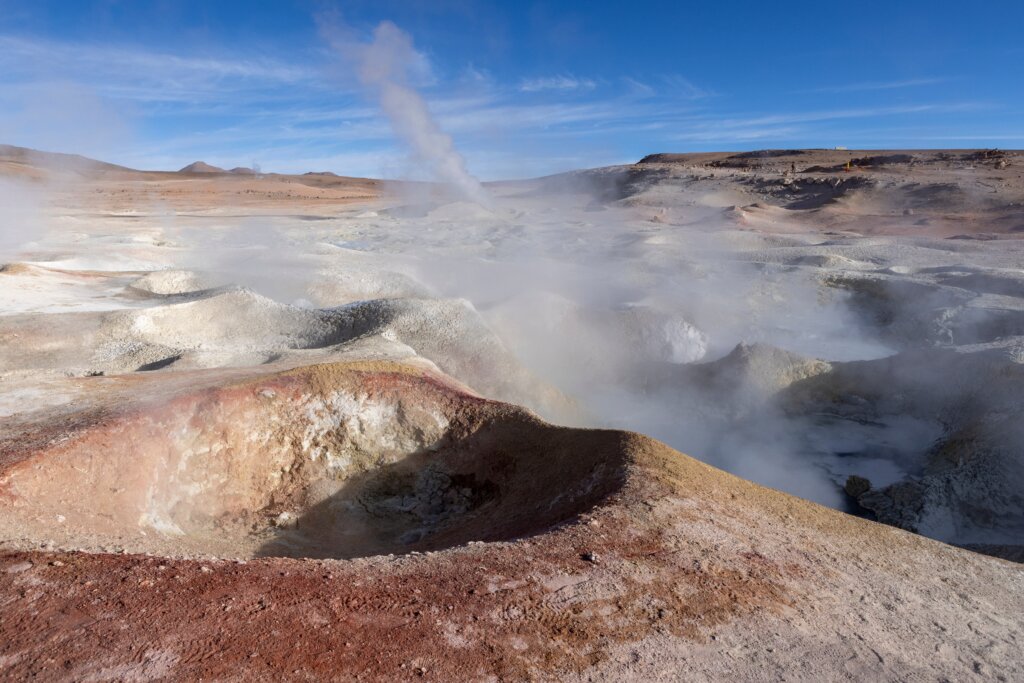
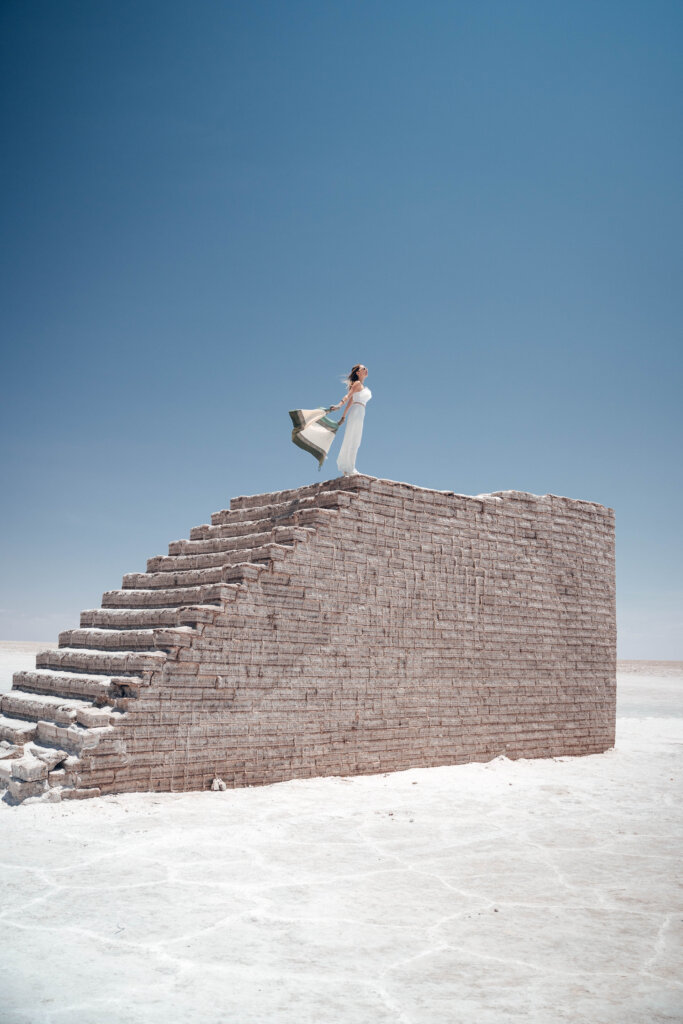
Minha aventura começou com a chegada ao coração boliviano, Santa Cruz. Fizemos um pernoite estratégico no Hotel Camino Real antes de seguirmos a Uyuni. Aos que fazem questão de vivenciar o agito urbano, estender o roteiro em Santa Cruz é uma opção. Mas minha sugestão é poupar o corpo e a mente para uma jornada de 3 km de altitude que demanda energia de ambos.
Ir de uma capital cosmopolita à serenidade do altiplano boliviano é quase uma metamorfose. Como primeiro passeio, saímos do almoço no hotel Jardines de Uyuni rumo às histórias de tempos passados contadas através de locomotivas e vagões abandonados do Cemitério de Trens. Na agenda cultural do mesmo dia, a visita à Igreja de San Cristóbal e ao Vale das Rochas revelou a diversidade geológica da região e a profunda espiritualidade da cultura local.

Hospedada então em Colcha K, no Malkku Cueva, saí rumo às sensações de renovação, à Lagoa Chalviri com um banho cronometrado nas águas da Termas de Polques (limite de vinte minutos), à Laguna Verde com seu espetáculo de cores desafiando minha compreensão da paleta natural, às colunas de vapor dos Gêiseres Sol de Mañana, à obra de arte gigante que é o Desierto de Dalí (como o nome já sugere), e às águas avermelhadas da Laguna Colorada, com suas lendas e provocações dos cinco sentidos em suas magias naturais. A Itália Perdida poderia ser cenário da saga de George Lucas, assim como San Cristóbal de Lípez representa a adaptabilidade do povo de sua aldeia à sua história.
E pelos caminhos terrestres desse balé de cores andino, os flamingos James, chinchilas (viscachas), vicunhas e lhamas identificadas com enfeites adicionavam graça.

O Palácio de Sal, construído inteiramente de sal, foi minha hospedagem e cenário perfeito para reflexões sobre a conexão entre o homem e a natureza, e a criatividade possível através desta. O tour noturno para observação das estrelas é uma experiência sublime, nos lembrando sobre nossa pequenez e imensidão do universo.

Ainda sobre a observação do que está acima de nós, o pôr do sol no deserto de sal, após um passeio entre suas esculturas colossais e Plaza de las Banderas com dezenas de nações representadas pelos tecidos esvoaçantes no coração do Grande Salar. Ápice desta aventura, é onde a terra se encontra com o céu em um infinito de sal. Os cactos gigantes da Ilha Incahuasi foram literalmente ponto alto da viagem, e assim como o almoço Luxury Apthapi, ofereceram momentos de contemplação e conexão, em mix com um dos meus momentos favoritos de viagens: harmonização de sabores.
Falando em alimentação, insistam em dicas como quinoa, água e chá de coca durante os dias de viagem para a melhor qualidade desta. Foram essenciais, zero clichê. É um roteiro que exige de nosso corpo e mente, como comentei logo no início, independentemente do seu nível de atividade física. A altitude é poderosa.
De Uyuni, o encantador distrito de Potosí, carrego memórias de suas paisagens, profundas reflexões sobre nossa relação com o mundo natural, a sensação de realmente explorar (sempre guiada pela Hidalgo Tours) e a minha tentativa em contar para vocês tudo que presenciei.
@hidalgotours @palaciodesal @laurakassab
https://www.instagram.com/hidalgotours
Uyuni: A Mirrored Sky in the Largest Salt Desert
Salar de Uyuni, the largest salt desert in the world. A place where heaven and earth come together in a natural spectacle. A scenic journey of geographical exploration, but also of our inner selves. In addition to the mosaic of mountain ranges, Bolivia is known for its many treasures, from valleys to forests, plantations and minerals. Wealth that has been valued and preserved since the Tiahuanaco civilization, the first in South America.
My adventure began with our arrival in the heart of Bolivia, Santa Cruz. We spent a strategic night at the Camino Real Hotel before heading to Uyuni. For those who want to experience the urban bustle, extending the itinerary in Santa Cruz is an option. But my suggestion is to save your body and mind for a 3 km high journey that demands energy from both of you.
Going from a cosmopolitan capital to the serenity of the Bolivian highlands is almost a metamorphosis. As a first outing, we left lunch at the Jardines de Uyuni hotel heading for the stories of times gone by told through the locomotives and abandoned wagons of the Train Cemetery. On the cultural agenda for the same day, a visit to the Church of San Cristóbal and the Valley of the Rocks revealed the geological diversity of the region and the deep spirituality of the local culture.
Staying in Colcha K, at the Malkku Cueva, I set off for the sensations of renewal, to the Chalviri Lagoon with a timed bath in the waters of the Termas de Polques (twenty-minute limit), to the Laguna Verde with its spectacle of colors that challenged my understanding of the natural palette, the columns of steam from the Sol de Mañana geysers, the giant work of art that is Dalí’s Desert (as the name suggests), and the reddish waters of Laguna Colorada, with its legends and provocations of the five senses in its natural magic. Lost Italy could be the setting for George Lucas’ saga, just as San Cristóbal de Lípez represents the adaptability of the people of its village to its history.
And along the terrestrial paths of this Andean ballet of colors, James flamingos, chinchillas (viscachas), vicuñas and llamas identified with ornaments added grace.
The Palacio de Sal Hotel, built entirely of salt, was my accommodation and the perfect setting for reflections on the connection between man and nature, and the creativity possible through it. The night stargazing tour is a sublime experience, reminding us of our smallness and the immensity of the universe.
Still on the subject of observing what is above us, the sunset over the salt desert, after a stroll among its colossal sculptures and Plaza de las Banderas with dozens of nations represented by the flowing flags in the heart of the Great Salt Flat. The pinnacle of this adventure is where the earth meets the sky in an infinity of salt. The giant cacti of Incahuasi Island were literally the highlight of the trip, and like the Luxury Apthapi lunch, they offered moments of contemplation and connection, in a mix with one of my favorite moments of travel: harmonizing flavors.
Speaking of food, insist on tips such as quinoa, water and coca tea during the days of the trip for the best quality. They were essential, no clichés. As I said at the beginning, this is an itinerary that makes demands on your body and mind, regardless of your level of physical activity. The altitude is powerful.
From Uyuni, the enchanting district of Potosí, I carry memories of its landscapes, deep reflections on our relationship with the natural world, the feeling of really exploring (always guided by Hidalgo Tours) and my attempt to tell you everything I witnessed.@hidalgotours @palaciodesal @laurakassab

